Proven ways to properly store turnips for the winter
Unpretentious to grow, turnips require careful preparation for winter storage. Housewives choose different ways to maintain vegetables in winter. If there is no separate room, small volumes can be frozen, dried, and salted.
If there is a basement or cellar, the vegetable is preserved in large quantities using traditional methods. Find out how to store turnips for the winter later in the article.
Timing for harvesting turnips for long-term storage
For winter storage, varieties with a long shelf life are selected and planted. - mid-season and late.
The average turnip ripening time is from 50 to 85 days. For winter storage, the vegetable is planted in mid-summer, but not earlier than July, in order to harvest in September. Rapidly ripening varieties in warm regions can be planted twice.
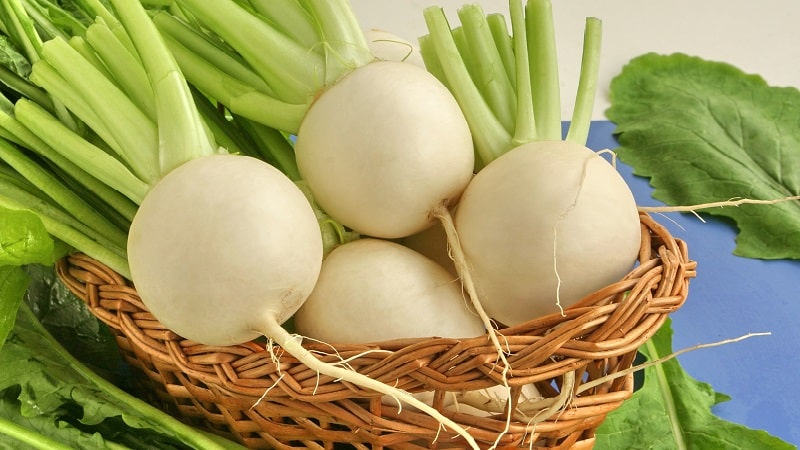
Collection rules
If the root crop is sticking out of the ground, it means he is ripe.
When harvesting, follow the recommendations:
- pull turnips by the tops only from soft, loose soil;
- if the ground is hard and dry, dig up the root crops with a shovel;
- The tops are cut to the very base, the tail of the root is left 2-3 cm long.
Choosing turnips for storage
A variety of turnip varieties allows you to grow them in any conditions and on any soil.
Mid-season and late varieties are planted for winter storage.:
- Milanese pink;
- Geisha;
- Glasha;
- Golden Ball;
- Russian size;
- Golden ball;
- Nurse.
For storage bookmarks select turnips that are not damaged by rodents, without cracks or rot.
Interesting things on the site:
What is the difference between rutabaga and turnip and how to tell them apart
How to prepare turnips for long-term storage
To preserve turnips for a long time, they must be properly prepared.:
- Harvest on time - overripe root crops may crack.
- Dry the root vegetables in a ventilated, dark room, out of the sun.
- Inspect each root crop for damage and rot. Set aside such vegetables for immediate consumption or throw them away.
- Leave the vegetable unwashed, just shake off the soil.
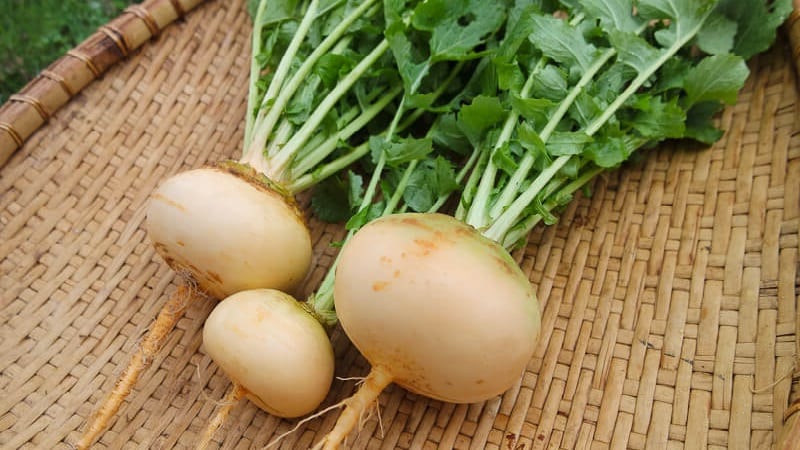
Better conditions
Optimal temperature conditions, maintaining humidity levels, and the absence of light will help preserve the vegetable until spring.
The crop is kept at a temperature of 0…+3°C. Required air humidity is about 90%. When the indicator is low, the thin skin of the turnip begins to dry out. Vegetables are stored in a dark room - turnips quickly wither in the light.
Methods for storing fresh turnips
If you prepare turnips correctly, the fresh vegetable will not lose its valuable properties. and will be a source of vitamins for the body in winter.
In the cellar
Temperature, humidity, lack of light - all conditions are met when stored in the cellar. The methods used are the same as when planting beets.
In sandboxes
In wooden or plastic boxes lay down thick paper and pour a layer of wet sand. Place the turnips in one layer so that the roots do not touch each other. Cover with wet sand on top.
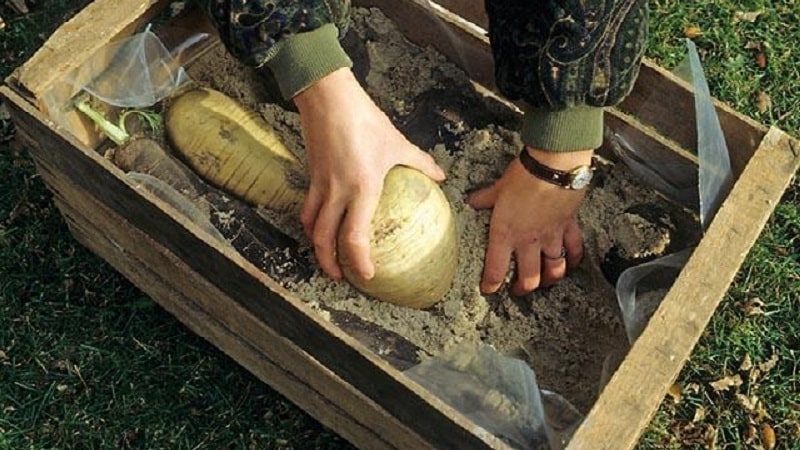
In boxes with sawdust
The storage procedure is the same as with sand.. The sawdust is filled fresh.
In clay
Long and labor-intensive method, which is justified by the long shelf life of turnips.
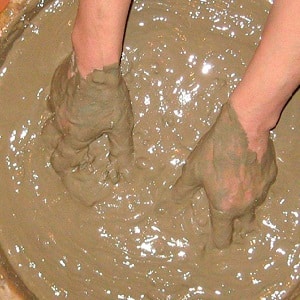 The first option is called "fill". The bottom of the box is covered with polyethylene.Place the turnips so that the roots do not touch each other. Pour clay with the consistency of sour cream. They are waiting for it to freeze. Lay out the next layer of turnips and pour again. It is recommended to do no more than two layers, since the bottom layer may begin to deteriorate under the weight.
The first option is called "fill". The bottom of the box is covered with polyethylene.Place the turnips so that the roots do not touch each other. Pour clay with the consistency of sour cream. They are waiting for it to freeze. Lay out the next layer of turnips and pour again. It is recommended to do no more than two layers, since the bottom layer may begin to deteriorate under the weight.
The second option is dipping. Prepare clay and garlic mash. Clay: clay is diluted to the consistency of thick sour cream so that it does not drain from the smooth sides of the turnip. Garlic: 1 cup of peeled cloves is passed through a meat grinder and diluted in 2 liters of water.
Important! Garlic mash disinfects turnips. However, if you are intolerant to garlic, you can only get by with clay.
Unwashed turnips are dipped in garlic, then in clay mash. Vegetables are dried in a dark, well-ventilated area. Turnips in a “clay jacket” are placed in boxes or on racks.
In a refrigerator
To keep vegetables in the refrigerator use plastic bags or plastic containers.
Unwashed root vegetables are wrapped in bags and placed in a vegetable drawer.. If water droplets appear on the bag, change the bag to a dry one. In such conditions, the vegetable will last about 30 days.
A plastic container will keep vegetables for a short time - from 7 to 10 days.
At home
It is impossible to store turnips in an apartment at room temperature for a long time.. Unlike potatoes, which can sit in the pantry for 10-14 days, turnips will quickly become unusable. Low humidity and high temperature will dry it out and it will lose its beneficial properties.
On the balcony
If the balcony is insulated and there are no strong temperature changes in winter, they use the same storage methods as in the basement: boxes with sand, sawdust, and clay are placed on the balcony.
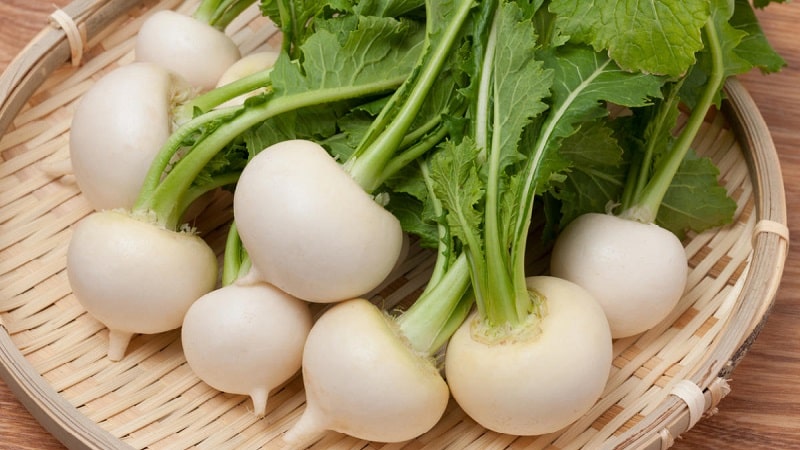
Other vegetable preparation options
After storing the selected vegetables, damaged root vegetables remain that need to be processed. Thrifty housewives cut off unsuitable areas and cut vegetables into pieces.
Freezing
Can you freeze turnip chunks? Yes this the method allows you to preserve the beneficial properties and taste root vegetables
Two ways to prepare vegetables for storage in the freezer:
- With preliminary blanching. The turnips are washed, peeled, cut into cubes, bars or circles. Blanch - immerse in boiling water for 1 minute. Then immerse in cold water (add pieces of ice). Place in a colander to drain the remaining water. Transfer the pieces into plastic bags and put them in the freezer.
- No blanching. Washed, peeled, chopped vegetables are packaged and placed in the freezer.
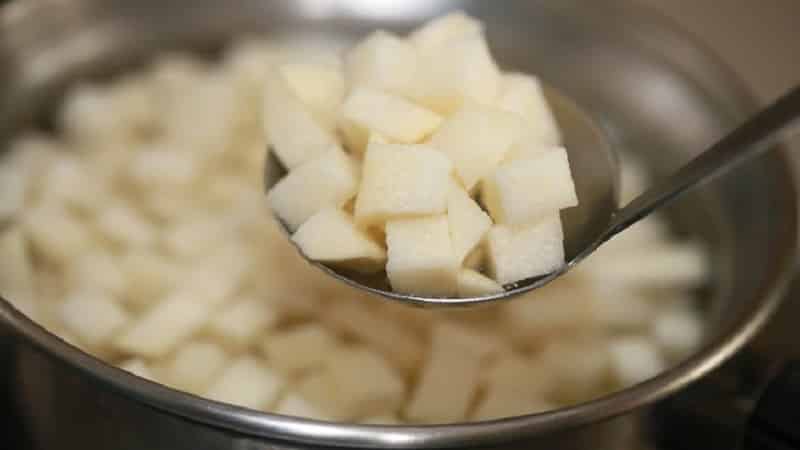
What does blanching do:
- vegetables remain elastic and retain color;
- eliminates excess bitterness;
- destroys bacteria.
Drying
Dried turnips will not lose their beneficial properties for six months. Medium and small sized root vegetables are used for drying.
Advice. It is better to dry boiled turnips - then they will retain their taste and color.
Drying stages:
- The washed root vegetable is cleaned.
- Cut into circles no more than 5 mm thick.
- Blanch for a few seconds. Dry at room temperature.
- Place in an electric dryer for 5-6 hours at a temperature of +60°C. Stir occasionally. The door is not closed completely for the first 15 minutes.
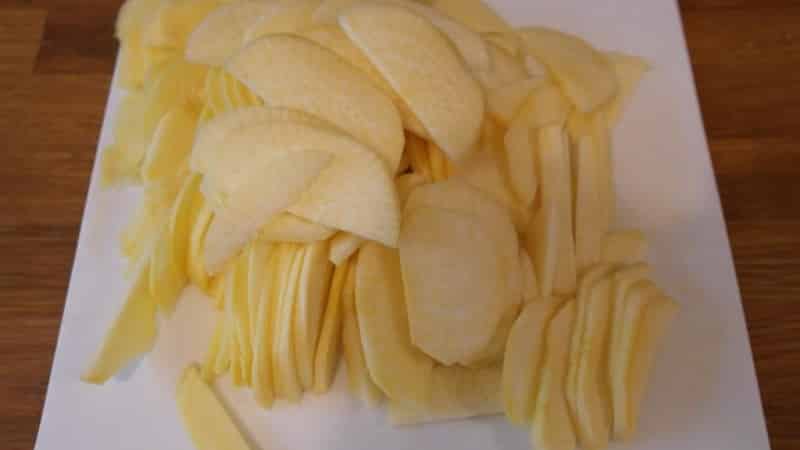
You can dry vegetables in a conventional oven if the regulator allows set the desired temperature.
Take note:
Conservation
Turnips are pickled and salted in combination with other vegetables and fruits.
Recipe with bell peppers and carrots
Ingredients (per 0.5 l jar):
- large turnip - 1 pc.;
- large carrots - 1 pc.;
- bell red pepper - 3 pcs.;
- medium-sized onions - 4 pcs.;
- garlic - 4 large cloves;
- coarse salt - 1 tsp;
- sugar - 1 tsp;
- vinegar 9% - 1 tbsp. l.;
- bay leaf - 2 pcs.;
- boiling water.
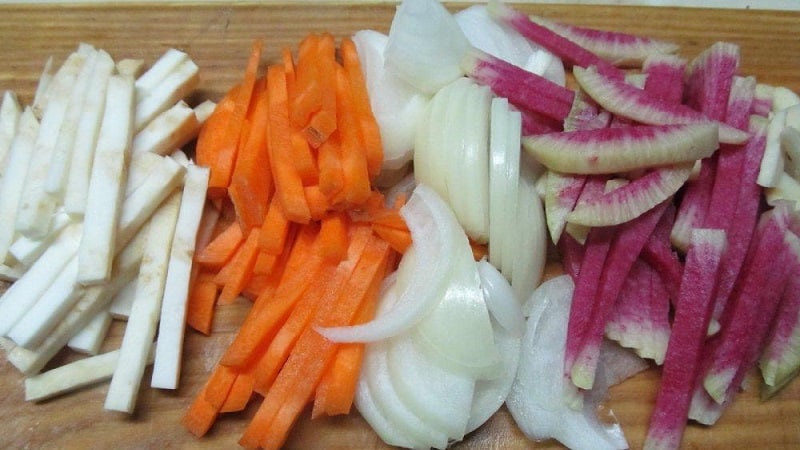
Cooking steps:
- Boil turnips and carrots until tender. Peel and cut into cubes.
- Bell peppers are blanched for 2 minutes. Remove seeds and stalk. Cut into cubes.
- Onions and garlic are peeled. The onion is cut into half rings, the garlic is passed through a press or grated on a fine grater.
- Glass jars are sterilized. The lids are boiling. Place bay leaves on the bottom and pour in vinegar.
- Chopped vegetables are placed in jars. Cover with sugar. Fill with boiling water to the top. Cover with metal lids.
- Place a towel on the bottom of a large wide pan and carefully place the jars.
- Sterilize jars with a volume of 0.5 liters for 15 minutes, 30 minutes for 1 liter jars.
- They're rolling up. Turn it upside down to check the quality of the twist. Leave to cool.
- When completely cooled, the workpiece is stored in a dark, cool place.
Shelf life
Terms of keeping raw vegetables at home:
- in the refrigerator in raw form - up to 30 days;
- in the freezer - up to 6 months;
- on an insulated balcony - up to 7-8 months.
The dried vegetable is kept in glass containers in a dark, dry place. It retains its properties for up to 6 months.
Canned vegetables can be stored for up to a year in sterilized glass jars under iron lids in a dark, cool place.
Storing pickled vegetables is possible in plastic containers in the refrigerator. Duration: no more than 7 days.
Conclusion
To preserve turnips until spring, certain conditions must be observed.Turnips are kept in a dark room at a temperature of 0 ... + 3 ° C and air humidity of about 90%.
Raw vegetables are stored in boxes with wet sand, sawdust, or clay. Prepared root vegetables are stored for the winter in frozen and dried form. There are several ways to preserve turnips in combination with other vegetables and fruits.